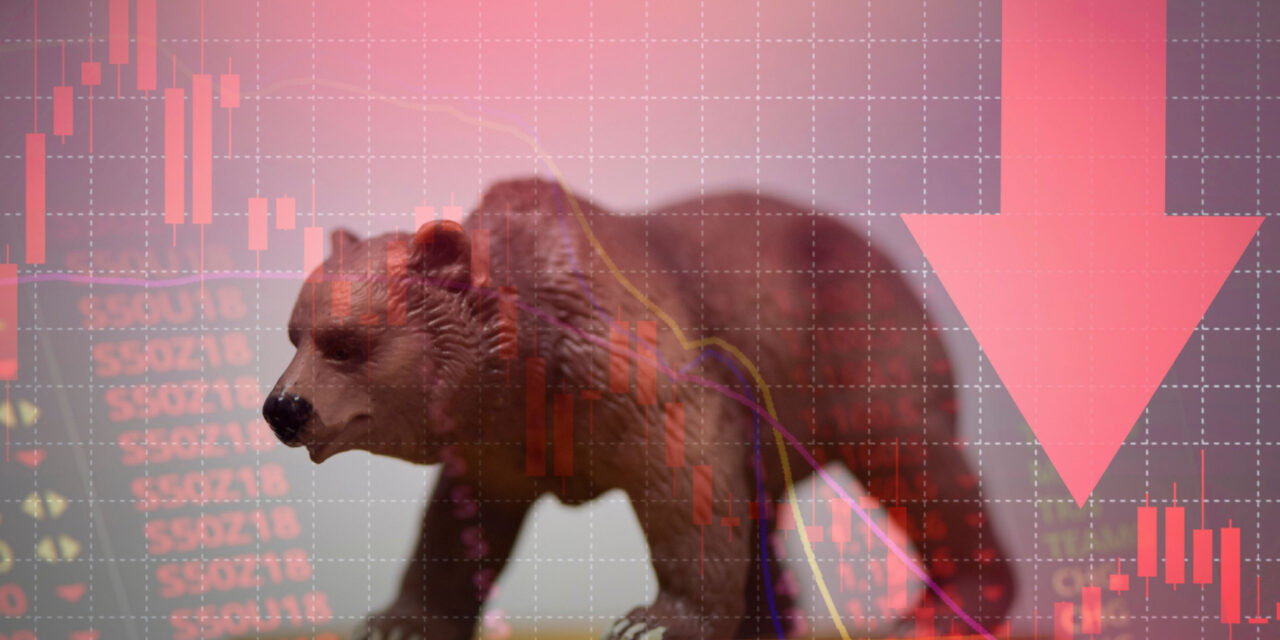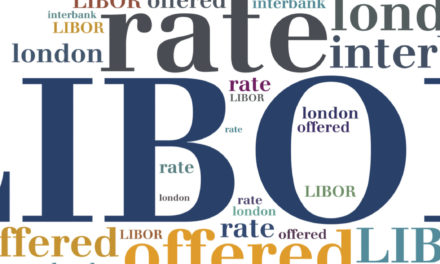
Bear Markets: Despair, Hyperbole, Recovery
While the average bear market decline is 40% and lasts an average of about 1.3 years, history has taught investors that not all bear markets are alike.
To view the full article please register below:
Bear Markets: Despair, Hyperbole, Recovery
As much as bear markets are an inherent part of investing, they, nevertheless, trigger investor angst and media hyperbole.
While the average bear market decline is 40% and lasts an average of about 1.3 years, history has taught investors that not all bear markets are alike.1 One important distinction is whether a bear market is a recessionary bear market or a non-recessionary bear market, the former of which generally suffers greater declines and requires a much longer recovery period.
Regardless of the type of bear market, however, weathering deep losses over an extended period of time can leave many investors keen on identifying potential signals indicating an end to a bear market.
Identifying a Bottom
The bottom of a bear market is not easy to predict, though that hasn’t stopped market experts from looking at market signals that may point toward a market turnaround.
Among some of the indicators of a potential end to a bear market that experts watch are:
- PMI Numbers—Tracking a recession is difficult using economic measures like GDP or employment because they are stale and backward looking. Remember, markets tend to recover prior to the economy’s exit from a recession, which is why tracking a more forward-looking number like the PMI (Purchasing Managers’ Index) may be more useful. According to JPMorgan Asset Management, PMI surveys have been the best leading economic indicator.2
- Treasury Yields—In the last three cycles, yields started falling before hitting an equity bottom.3
- Investor Sentiment—While it’s hard to determine “capitulation,” investors can follow AAII investor sentiment surveys (currently the bearish sentiment is above its historic average) or the CBOE VIX, which since 1990 has reached an average level of 37 at a market bottom.4 Investor sentiment may also be gauged by the relative spread between advancing and declining volume and put-call ratios.
- Stock Valuation Measures—Comparing the S&P 500, for instance, against its 50-day and 200-day moving averages is one way to assess if the market is in a down or up trend, while looking at current P/E multiples against historical averages helps to evaluate current valuations.
Respectful of the danger (and futility) of trying to time the market, bear markets do offer opportunities for buying good companies at great discounts. Investors should work with their advisors to identify opportunities to reevaluate their portfolio holdings to take advantage of the discounted prices of great companies that emerge from the value destruction of bear markets.
Sources:
- https://www.amgfunds.com/research-and-insights/keep-calm-and-remain-diversified/a_closer_look_at_historical_bear_markets/
- https://am.jpmorgan.com/us/en/asset-management/institutional/insights/market-insights/eye-on-the-market/independence-days/
- https://am.jpmorgan.com/us/en/asset-management/institutional/insights/market-insights/eye-on-the-market/independence-days/
- https://www.reuters.com/markets/europe/some-see-few-signs-bottom-us-stocks-even-after-steep-selloff-2022-06-15/
Please reference disclosures: https://blog.americanportfolios.com/disclosures/












